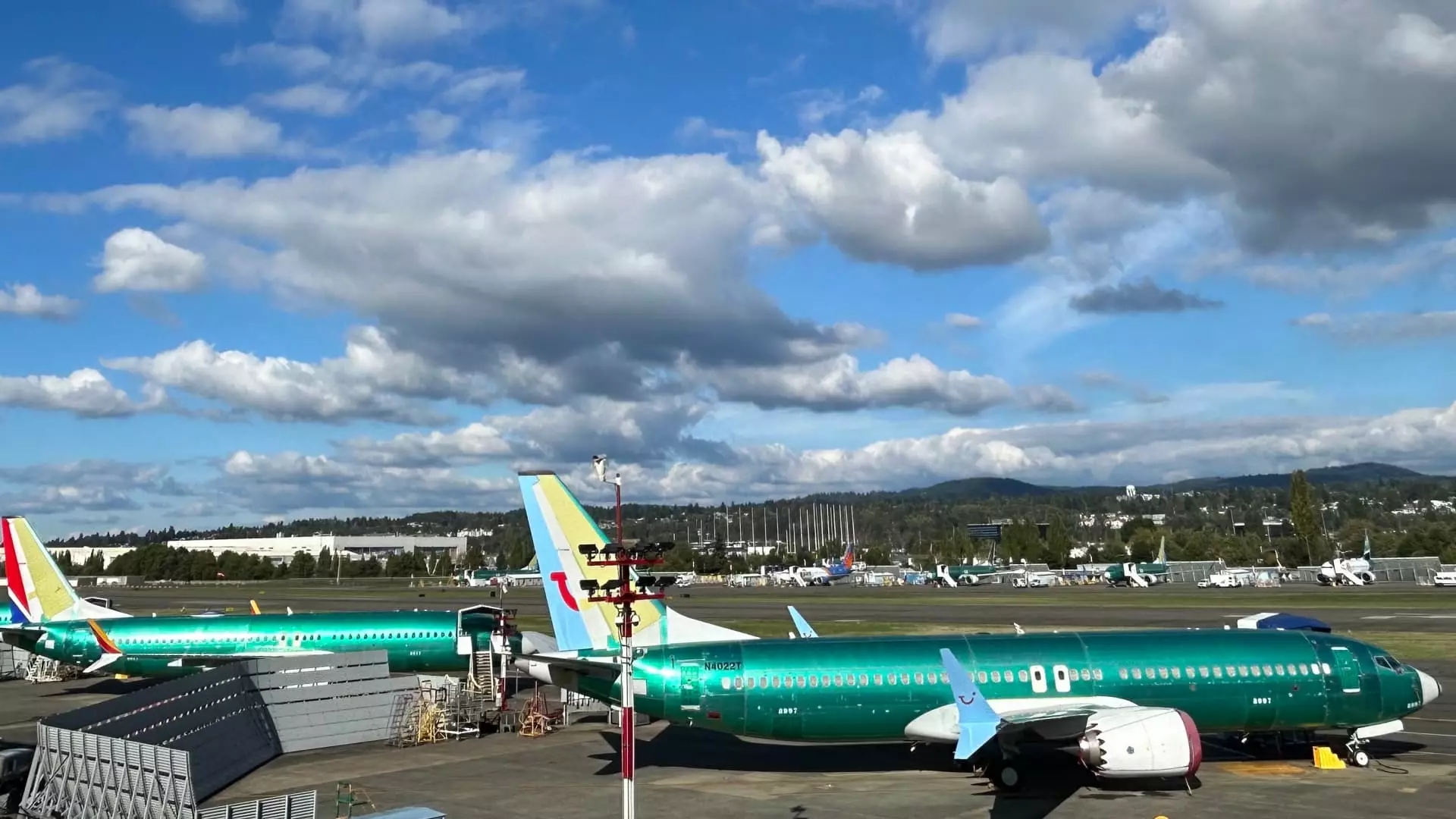Boeing’s contract to build the new Air Force One jets has become a focal point of frustration for President Donald Trump. Initially valued at an astonishing $4 billion, the project has been marred by delays and escalating costs, prompting the president to voice his concerns as he grapples with the implications of this prolonged wait on national image and security.
The contract for the new Boeing 747s was established during Trump’s first presidential term, with the expectation that these aircraft would be delivered in a timely manner to serve as the country’s airborne command center. Unfortunately, the reality has been starkly different. Years behind schedule and plagued with cost overruns that have accumulated over $2 billion, the delivery timeline remains uncertain as Trump continues his second term. The implications of such delays are far-reaching, impacting not only operational readiness but also serving as a talking point for critics who question the government’s dealings with large defense contractors like Boeing.
Elon Musk, a prominent entrepreneur in technology and space travel through his companies such as SpaceX, has reportedly stepped in to assist Boeing in expediting the delivery process. As a key adviser to Trump, Musk is viewed by some as a beacon of innovation that could provide a solution to Boeing’s issues. Kelly Ortberg, Boeing’s chief executive, highlighted Musk’s ability to discern between what is necessary for technical specifications and what constitutes superfluous requirements. This acknowledgment of Musk’s expertise showcases a unique collaboration between traditional aviation and cutting-edge technology. It also underscores the desperation and urgency felt by Boeing’s leadership to deliver results that align with presidential expectations.
During a recent trip aboard one of the existing Air Force One aircraft, Trump hinted at potential alternative solutions if the delays persisted. This statement reflects not only his frustration but also the strategic necessity of maintaining a reliable operational presence. The prospect of securing a temporary replacement or purchasing an alternative jet signifies Trump’s proactive stance, underscoring the urgency of ensuring no gaps exist in presidential aviation capabilities. The mention of touring a 747 at Palm Beach International Airport adds a personal touch, highlighting Trump’s hands-on approach in navigating this complex situation.
Trump’s frustrations are mirrored in the sentiments of other airline customers who have faced significant delays due to Boeing’s production struggles. The pandemic-induced travel surge has coincided with ongoing bottlenecks, causing a ripple effect that affects airlines’ operational efficiency. In light of these challenges, there are signs of optimism as industry leaders such as United Airlines and Southwest Airlines express renewed confidence in Boeing’s turnaround efforts. These remarks suggest a cautious optimism about Boeing’s performance under new leadership, indicating that the company may be on a road to recovery, albeit slowly.
In a recent address, Ortberg emphasized that there are no substantial supply chain issues hindering their efforts to ramp up the production of Boeing 737 MAX aircraft, a critical source of revenue for the company. The focused effort to increase output to 38 aircraft per month reflects a commitment to correcting missteps and restoring trust with clients. Such measures are essential for Boeing not only to stabilize its market position but also to regain the confidence of key stakeholders, including the government.
As the saga of Air Force One continues to unfold, the stakes remain high for Boeing and for President Trump. The dance between defense manufacturing, presidential necessity, and public perception poses a complex challenge. Whether through strategic partnerships with innovators like Musk or adaptations in their business model, Boeing must navigate these turbulent times to meet the expectations imposed by the highest office in the nation. Moving forward, it will be crucial for Boeing to prove its reliability, not just to the president but to the broader aerospace industry and its myriad stakeholders.

